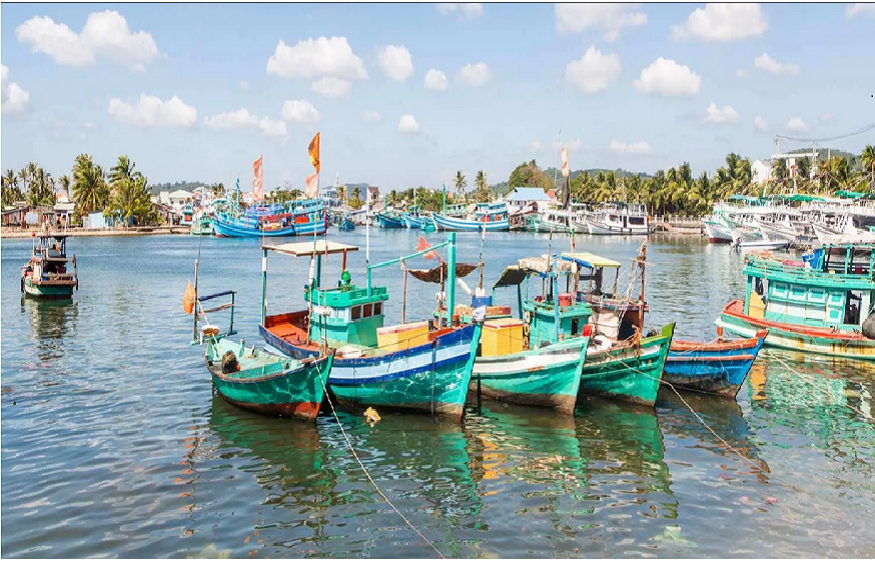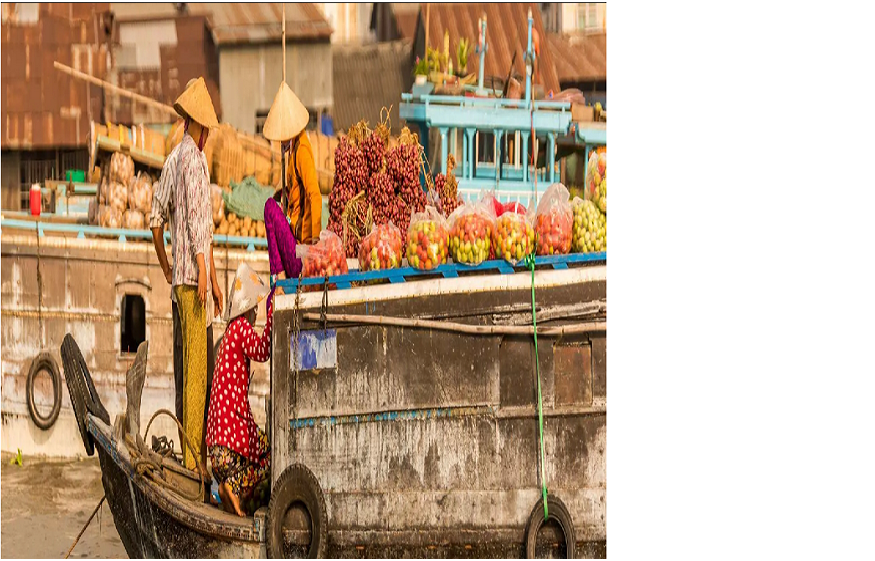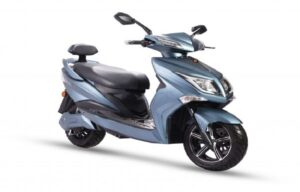Vietnam Weather – The Best Time to Visit Vietnam

Considering the unique geography of Vietnam, the country has no off-season, meaning you can visit year-round. The rainy season in Vietnam runs from late May to early October, but most travellers prefer to travel between November and early May. Except for the mountainous regions of the north, the country is generally warm and humid throughout the year.

Due to Vietnam’s geographical location across three temperate and tropical zones, its northern, central and southern climates can differ significantly. Whilst it may be cooler in the north between November and April, this is the best time to travel, as there is little rain across the country.
From May to November, the rainy season in central Vietnam generally lasts a few hours each day but specific locations will be hot and dry during this time. If you plan to visit all three regions on a single tour, despite the risk of the odd rain shower, you will probably experience hot and humid weather at some point throughout your journey. Consult us to make your arrangements for Vietnam holidays including flights, hotels, transfers and guided sightseeing.
Weather Overview:
Mountains of the Far North:
Sapa and the north-western region of Vietnam, including Mu Cang Chai, have two distinct seasons: the wet season which lasts from April to September and the dry season lasting from October to late March. The weather can be freezing and frosty in December and January, especially at night.
Travelling in the north-east, including Ha Giang, is best during the dry season, October to April, especially in December and January. It is advisable to avoid travelling to Ha Giang during the rainy season between May and September.
September and November are the best months for outdoor activities in Sapa and around Mu Cang Chai. During the day temperatures range from 15-28°C whilst, at night, they range from 10-18°C. The weather is generally good for hiking and cycling throughout the year, but the winters can be chilly and the summers can be wet.
Northern Vietnam
The northern part of Vietnam boasts enchanting karst scenery, towering peaks, remote minority villages and bustling modern cities. Hanoi offers a bold mix of old and new with its tree-lined boulevards and ageing colonial homes. The region is also blessed with distinct winter and summer seasons. The weather is cool and dry from November to April with temperatures averaging 17-22°C whilst January through to March are the coldest months.
From May to October the region experiences its highest rainfall and the hottest temperatures. Typically, July to September are the wettest months and although Halong Bay is usually safe for junk sailing during these months a cruise here is most enjoyable between November and April.
During October, Mai Chau Valley’s rice fields turn golden, contrasting against jagged mountains. White Thai villages are the major attraction of this valley.
Central Vietnam
In central Vietnam, Hoi An, Hue and Danang enjoy hot and dry weather from January to late August. During this time temperatures often hit the mid-30s. The amount of rainfall increases in the autumn with October and November receiving the highest, occasionally accompanied by typhoons.
The temperature in Hue is often cooler than in Hoi An, especially in the early part of the year. Due to their proximity to a small mountain range, the weather in each location can often vary significantly daily. Quy Nhon is a six-hour drive south of Hoi An and has a weather pattern similar to the southern system.
In the far south of central Vietnam there is a long dry season with high temperatures and little precipitation. The rainy season extends from October to early December with almost half the annual rainfall occurring in October and November.
PhongNha-Ke Bang National Park is home to one of the world’s biggest caves. The best time to visit here is March when the weather is usually dry.Dalat, in the central highlands, receives rainfall from June to October. The dry season lasts from November to May, with December and January being the coldest months. Therefore, the best time to visit Dalat is from February to May when the weather conditions are ideal for outdoor activities and exploring the countryside.
Southern Vietnam:
The weather in southern Vietnam is tropical and, consequently, it is warm all year ranging from 25 to 35°C. The typical daytime temperature is around 30°C.
There are two seasons in south Vietnam: dry and rainy. The rainy season extends from May to early November with June, July and August receiving the highest rainfall. The dry season lasts from November to early May, with late February to May often mildly hotter and more humid. When it rains, it pours heavily, but for a short while usually in the mid-afternoon.
Ho Chi Minh City, the largest city in Vietnam, is the country’s economic heart and the southern region’s main hub. Temperatures remain hot and humid year-round. November is the best time to visit the Mekong Delta and offshore islands, such as Phu Quoc, as the sky is usually clear and the air is clean. The farthest southern islands of Phu Quoc and Con Dao are accessible all year round, with a high probability of sunny days and occasional afternoon downpours.
If you are planning a trip to Vietnam, book your accommodation with us and have full travel support from us. We, Pettitts Travel, specialise in creating memorable Vietnam luxury holidays.
Tags: vietnam holidays, vietnam luxury holidays





